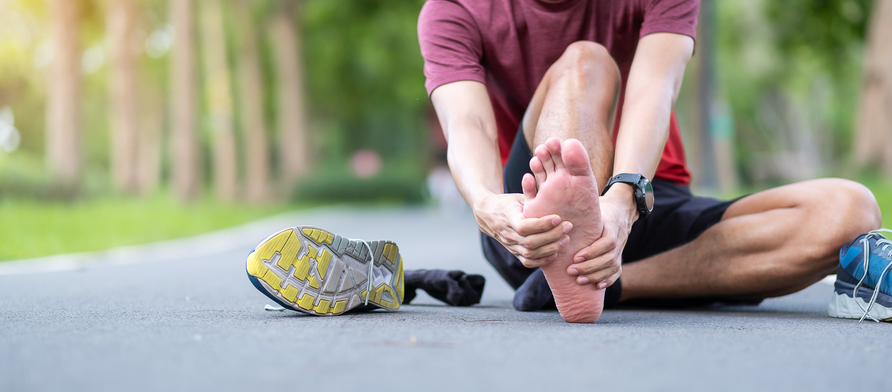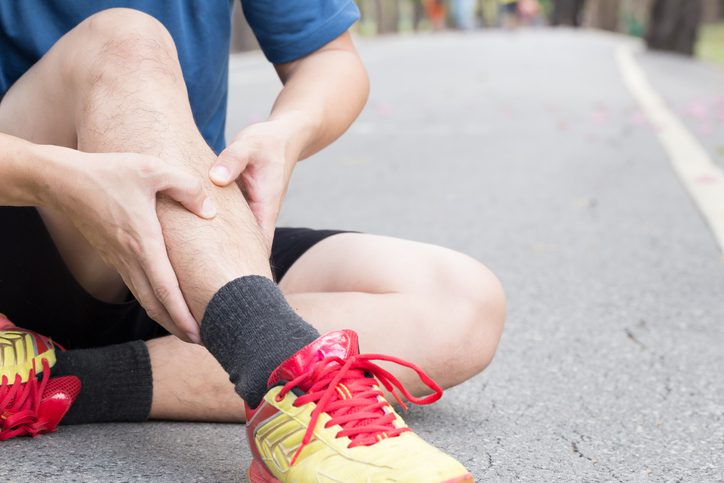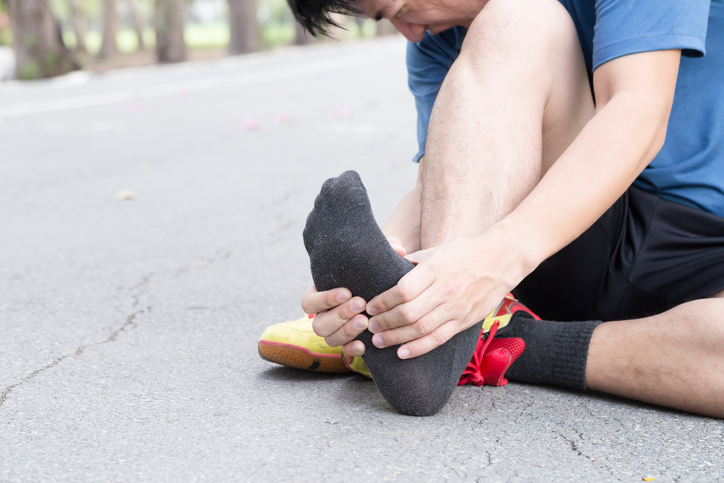Plantar fasciitis, the pain in your heel
Understanding the root cause of the injury is essential to its treatment

Plantar fasciitis. Just the thought of getting this injury sends chills down your spine. It isn’t that this is the most painful or debilitating injury, but that it’s annoying. In its early stages, plantar fasciitis produces pain in the heel that is present upon stepping out of bed. And, while the pain may not be experienced when running, after prolonged inactivity the pain can return. Without proper intervention, this pain can progress and become a serious injury.
Unfortunately, how one intervenes is variable depending on the individual and their response to treatment. But before exploring treatment options, first, it is important to understand the injury itself.
Related: 5 tips to help you overcome shin splints

Like shin splints, plantar fasciitis is a common overuse injury in runners. It occurs when the plantar fascia, which is responsible for the integrity of the medial longitudinal arch of the foot, becomes inflamed by repetitive stresses. And the constant pounding of your feet on the tarmac is a stress. Each kilometre of running requires roughly 600 to 800 footfalls. The force that is absorbed in each footfall is said to be two to three times the weight of the body, which is a considerable amount of force absorbed through the foot. Thus, with repeated exposure to this stress, it is reasonable to conclude that if there is any weakness already present in the foot – anatomical, biomechanics, fatigue or equipment – it will be exposed to injury.
As one may predict plantar fasciitis has to do with inflammation of the plantar fascia, which spreads from the medial side of the calcaneus (heel bone) to the ball of the foot. Commonly, the pain experienced with plantar fasciitis is localized to the medial aspect of the heel bone, as well as the medial arch of the foot. This is because when the fascia is stretched during the landing phase of running, stress is placed at the heel. Thus, when inefficiencies in gait, foot or shoes are present, plantar fasciitis can develop.
Related: Understanding the pain of plantar fasciitis
While plantar fasciitis doesn’t discriminate between who feels the sharp pain, some are at an increased risk. Common histories that predispose people to plantar fasciitis are flat feet, excessive pronation upon mid-stance (ground contact when running), tight calves and Achilles tendon, as well as the quality and durability of running shoes used.
So, while treatment is essential, it is also important to determine the root cause of the injury to correct inefficiencies.
Related: How to get rid of knee pain
In many cases, incorporating rest with strength exercises, stretching and proper footwear, there is often alleviation of symptoms. It is also worth mentioning that even if you don’t suffer from plantar fasciitis, taking preventive measures such as getting an orthotic evaluation and/or gait analysis is suggested. At the very least incorporating foot strengthening exercises can have a significant impact on reducing the incidence of injuries – not just plantar fasciitis.
Here are a few best practices when it comes to managing and treating plantar fasciitis.
- Reduce inflammation by resting and icing the site of injury.
- Treatment by a certified healthcare professional – for example, a sports physician, physiotherapist or chiropractor.
- Gait and orthotics analysis. Orthotics are designed for daily life, but also running. A running orthotic needs to be designed for dynamic movement, while also guiding the foot in a neutral position.
- Picking the proper running shoe for you. The running industry is blessed with several shoe options. However, that can make selecting a shoe right for you daunting. Read more: Which kind of running shoes reduce injury risk?
Stability shoe vs natural shoe. What shoes to wear for what distances, workouts or runs. - Foot strengthening exercises and stretches. Watch this video from Canadian Running Magazine: VIDEO: must-do winter running strength exercises
As mentioned before, treatment will vary between individuals. There are numerous non-invasive treatments, as well as a few invasive ones – such as cortisone injection and surgery. Ultimately, the intervention used will come down to the severity of the injury and consolation with a medical professional that has an understanding of the demands of running.


